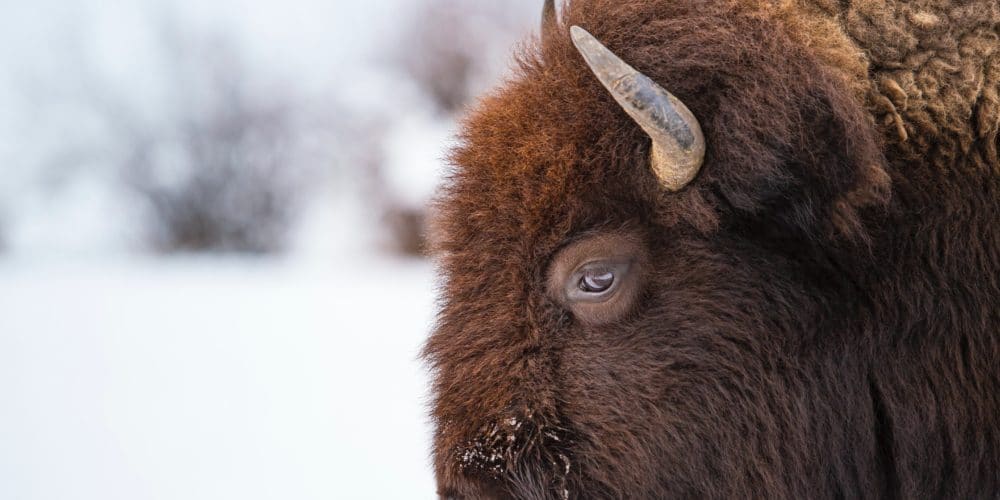
With more immediate concerns centred around the current Covid-19 coronavirus pandemic, climate change has faded from focus. However, the cause of the current health crisis is inextricably linked with global biodiversity loss, environmental degradation and, in turn, climate change. As the global pandemic continues to evolve, how individual nations respond in conjunction with the wider international collective effort should be used as a practice run for the knowledge sharing and collaboration that will be needed in tackling climate change. Like coronavirus, climate change does not follow international borders and will have far-reaching implications across our planet for years to come.
One single approach to such a complex issue as climate change is unlikely to see the changes required to alter current climate projections alone, but an interesting proposal has been presented in the journal Scientific Reports, which was recently reported by The Independent. Based on computerised simulations and inspired by an experiment carried out in Siberia 20 years ago, releasing herds of animals into the Arctic is considered to offer high potential for slowing the thaw of permafrost.
Results from the simulation of conditions in the northern polar region indicated that, with sufficient herds of wildlife present, around 80% of the globe’s permafrost soils could be retained, reducing the acceleration of warming in this region and any ensuing environmental impacts.
Based on current rates of climate change, scientists predict that 50% of all permafrost will thaw by the year 2100. When permafrost thaws, it releases greenhouses gases that have been locked away for many thousands of years into the atmosphere. However, experts in Germany calculated that if significant herds of bison, reindeer and horses were introduced across the tundra, temperatures on the ground would only rise to 4F as opposed to 7F without any mitigation, protecting the majority of it from melting. Herds of grazing animals native to northern climates would help keep soil levels cool by dispersing snow and compressing the land and reducing the insulating effect of snow cover where the air temperatures are far colder than that at ground level.
It remains to be seen whether it would be feasible for enough animals to be repopulated in the Arctic to have a significant enough impact, but results from a study carried out in Siberia in the 1990s provide encouraging data that was used to support the recent modelling. When grazing animal numbers were increased to 100 animals per 1sq km in Pleistocene Park an area of Siberian tundra, this halved the average snow cover, significantly reducing its insulating effect on the earth and increasing permafrost.
As we move forward through the course of the pandemic, when we come out the other side we will need to step up our preparations for managing the climate crisis by considering wide ranging and innovative approaches worldwide and not in isolation.
For more information on climate change, view the videos on the Environmental Law page on Landmark Academy. https://www.landmarkacademyhub.co.uk/
Tom Venables, BSc (Hons) , MSc, AIEMA, FRGS
Team Lead Consultancy
